#sepiida
Text
Taxonomy Tournament: Cephalopods


Sepiida. This order is made up of cuttlefish, which have an internal shell called the cuttlebone that is used to control buoyancy.
Nautilida. This order is made up of nautilis, which have a unique planispiral shell, and move via jet propulsion. They're morphologically veyr similar to their ancient relatives, and are often called living fossils.
#animals#biology#polls#poll tournament#zoology#cuttlefish#molluscs#cephalopods#spiralia#nautilis#Sepiida#Nautilida#0x29v0x56
223 notes
·
View notes
Text
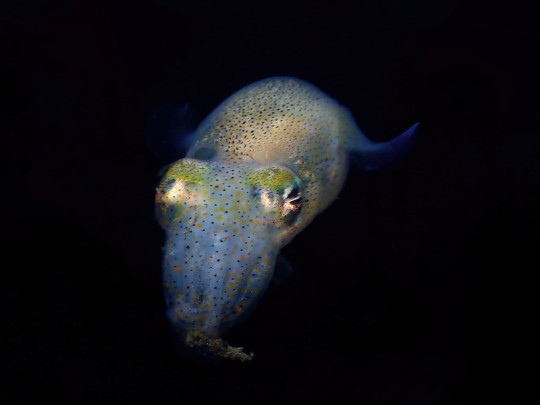
An Atlantic bobtail squid (Sepiola atlantica) off the coast of the Netherlands
by Verheyen Stefan
#atlantic bobtail squid#squids#cephalopods#molluscs#sepiola atlantica#sepiola#Sepiolidae#sepiida#cephalopoda#mollusca#wildlife: netherlands
116 notes
·
View notes
Note
I hear you've got some of that... life advice.
Uhhhhhh live fast die young bad girls do it well
#idk who told you this. im 20 i am in need of advice and i am not qualified to give it out but here you go!#alex answers#sepiida#my girl m.i.a. had the right idea#here’s some more advice: listen to will wood and think about moon knight for a good time#/lh btw
11 notes
·
View notes
Text

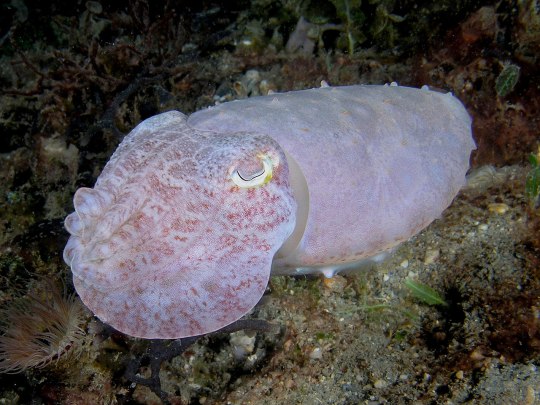
Broadclub Cuttlefish (Sepia latimanus), family Sepiidae, found in the Indo-Pacific region
These images, of the same individual, were taken just seconds apart from each other.
photographs by Nick Hobgood
2K notes
·
View notes
Text
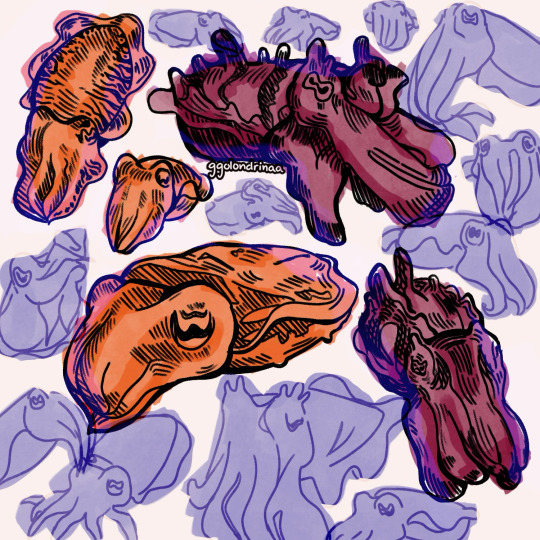
hey... guess what my favorite animal is... i bet you can't... cmon.... just guess... guess what it is.... have you guessed yet?
#pls follow me if you love cuttlefish i wanna be friends#my art#cuttlefish#sepia#sepiidae#marine life#marine biology#animals#favorite animal#mollusca#molluscs#mollusk#cephalopods#cephalopod
495 notes
·
View notes
Photo

Broadclub cuttlefish (Sepia latimanus) off the coast of Komodo National Park in Indonesia
Iain Fraser
168 notes
·
View notes
Photo

Did a painting study of my WOL, used that Lucifer painting for the pose
0 notes
Text

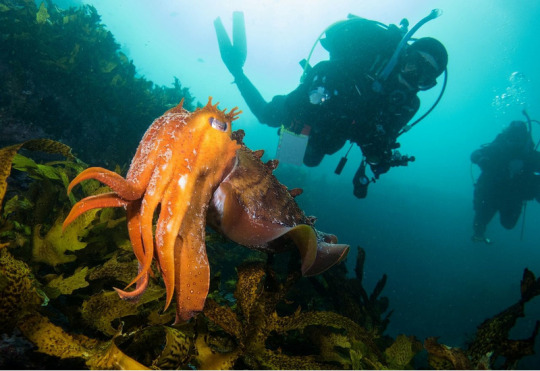


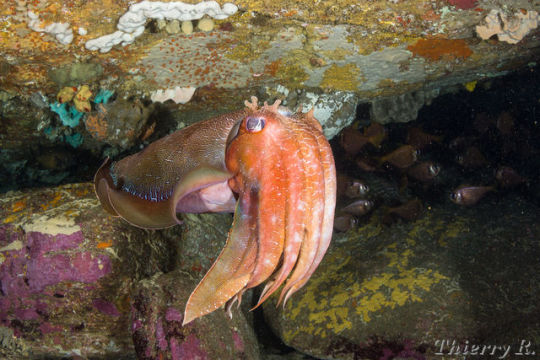
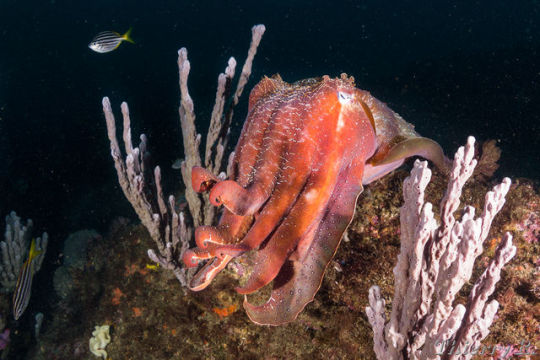
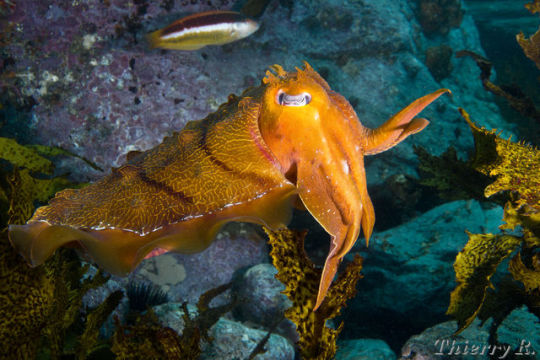
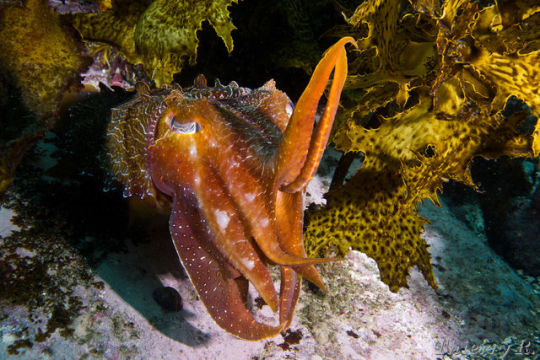
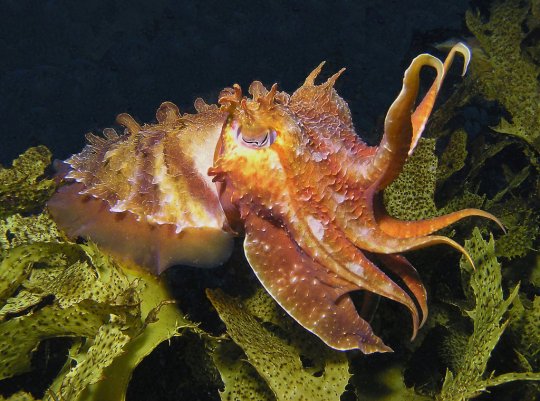



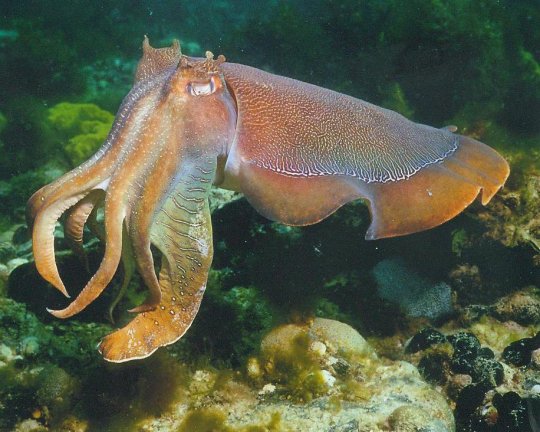
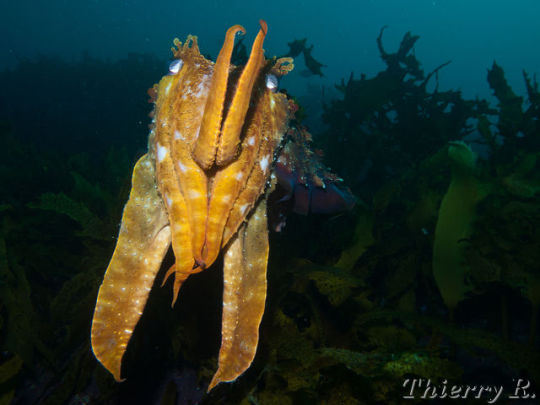
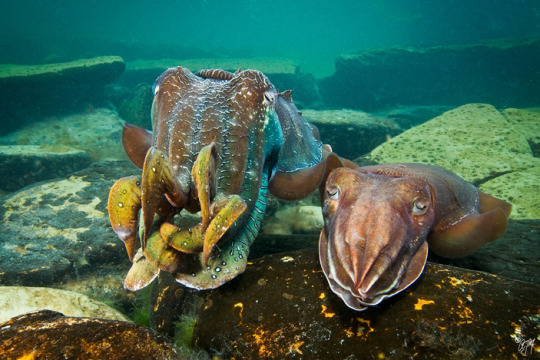
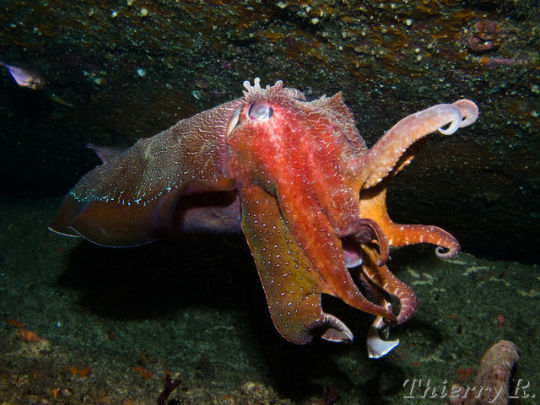
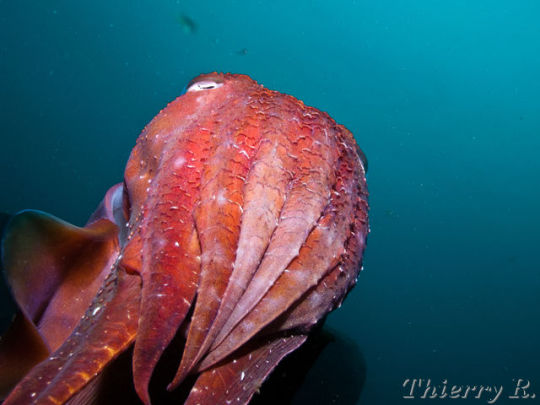
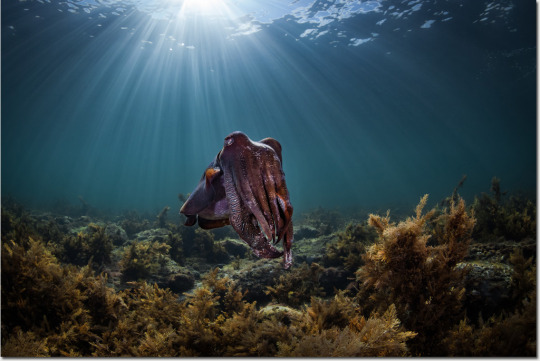
Гигантская австралийская каракатица (Sepia apama) — вид головоногих моллюсков из рода настоящих каракатиц семейства каракатиц (Sepiidae). Достигая 50 см в длине мантии и свыше 10,5 кг в живом весе, считается крупнейшей каракатицей в мире.Их называют «рок-звездами океана», потому что при жизненном цикле всего лишь в 12-18 месяцев, они живут быстро и умирают молодыми.
Гигантская каракатица – эндемический вид, обитающий исключительно в прибрежных водах на юге, юго-западе и юго-востоке Австралии (от побережья штата Квинсленд до залива Акул в Западной Австралии). Встречается на глубине не более 100 метров, но чаще всего — на мелководье.
Непонятно по какой причине, но природа наделила этих живых существ 3-мя сердцами. Одно отвечает за снабжение кровью нервной системы, а остальные два — за работу жабр.Эти каракатицы прославились способностью моментально менять свой окрас, который чаще всего зависит от настроения животного или окружающей среды. Также он сильно меняется у самцов в брачный период. В брачный период или во время нападения на добычу их окраска приобретают металлический блеск и покрывается яркими светящимися точками.
Эти гиганты ведут дневной образ жизни. Большую часть времени проводят, укрывшись среди зарослей водорослей, каменистых рифов или зарывшись на морском дне. Большую часть энергии они тратят не на активность, а на рост. Очень любопытны и любят поиграть, чем часто пользуются дайверы.
The giant Australian cuttlefish (Sepia apama) is a species of cephalopod from the genus of true cuttlefish of the cuttlefish family (Sepiidae). Reaching 50 cm in mantle length and over 10.5 kg in live weight, they are considered the largest cuttlefish in the world. They are called the “rock stars of the ocean” because, with a life cycle of only 12-18 months, they live fast and die young .
The giant cuttlefish is an endemic species found exclusively in coastal waters in the south, south-west and south-east of Australia (from the coast of Queensland to Shark Bay in Western Australia). It is found at a depth of no more than 100 meters, but most often in shallow water.
It is unclear for what reason, but nature endowed these living creatures with 3 hearts. One is responsible for supplying blood to the nervous system, and the other two are responsible for the functioning of the gills. These cuttlefish are famous for their ability to instantly change their color, which most often depends on the mood of the animal or the environment. It also changes greatly in males during the mating season. During the mating season or during an attack on prey, their color acquires a metallic sheen and is covered with bright luminous dots.
These giants are diurnal. They spend most of their time hidden among kelp beds, rocky reefs, or buried on the seabed. They spend most of their energy not on activity, but on growth. They are very curious and love to play, which divers often take advantage of.
Источник://octonation.com/cephalotography-lawrence-scheele/,
robertrath.com/serendipity/archives/2021-Sepia-Apama.html,
/normpost.ru/25643-gigantskaya-avstralijskaya-karakaticza.html,
http://www.daveharasti.com/articles/speciesspotlight/cuttlefish.html,
/reeflifesurvey.com/species/sepia-apama/,
/pikabu.ru/story/gigantskaya_avstraliyskaya_karakatitsa_lat_sepia_apama_7269332,
http://inbetweendives.com/gallery?s=Sepia%20apama
#video#animal video#marine life#marine biology#nature#aquatic animals#cephalopods#cuttlefish#underwater#ocean view#ocean#waves#reef#seaweed#sand#animal photography#nature aesthetic#видео#фауна#Головоногие#каракатица#природнаякрасота#природа#океан#волны#риф#водоросли#песок
187 notes
·
View notes
Text
Today's cephalopod weirdo: The Pyjama squid

No, it's not a melting scoop of stracciatella ice cream. It's the Pyjama squid (Sepioloidea lineolata)!
Like their cousins the bobtails, they often bury in the sediment. They're in the order Sepiida, which includes bobtails, cuttlefish, bottletails, and these cuties.
Some articles on the internet will say stuff like "These animals are technically cuttlefish" and... listen... I don't know who said that, but whoever said it is wrong, and now sources all over the damn internet are repeating it, and like... I shouldn't let it bother me, ya know? But it does, unfortunately, make me feel like my eyeballs are going to fall out of my head.
Because words MEAN something, you know? And the word cuttlefish means an animal with a cuttlebone in it. The cuttlefish are a distinct bunch of critters. Their fins go around their whole bodies*, they have W shaped pupils, but most critically, they have a buoyancy device called a cuttlebone. That cuttlebone keeps them neutrally buoyant- so they neither float nor sink. They just chill. They're able to control the buoyancy with gas exchange between their blood and the little gas chambers in that cuttlebone. The other members of the Sepiida, the bottletails, pyjama squid, and bobtails, they don't have any of that. Sure, they're totally, 100%, most closely related among the cephalopods to cuttlefish, but... cuttlefish... are their own little group within that branch of the family tree.
*Ok to be fair, it's very easy to confuse cuttlefish and reef squid, but that's a whole other post.
#Squidtember#Some kind of octopus#cephalopods#squid#marine biology#cephalopod#cuttlefish#marine life#squid facts#sealife#science
338 notes
·
View notes
Text

Commission of Azad for @sepiidae! I have such a soft spot for mesmers... It was super challenging and fun to incorporate the different aesthetics and designs of Melandru, Aurene, and risen stuff!!
51 notes
·
View notes
Note
If you haven't done it already, I would like to submit the clever cuttlefish~
Animal of the day: Cuttlefish!
Cuttlefish are marine molluscs of the order Sepiida! They are cephalopods, like squid, octopuses, and nautiluses. They have a unique internal shell called the cuttlebone which is used to control their bouyancy.
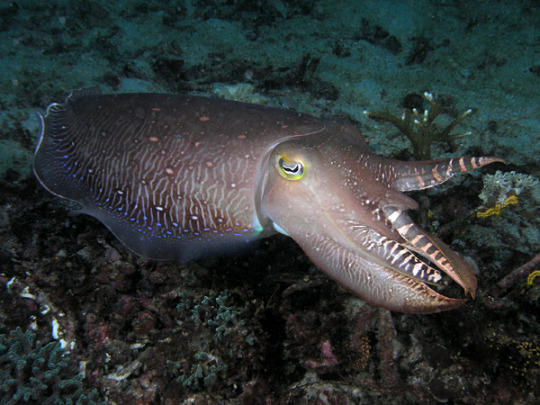
Cuttlefish are masters of disguise and can camouflage incredibly well by changing their skin colour! They can display as many as 12 to 14 patterns, changing colours within a second.

Here is a juvenile cuttlefish camouflaging itself against some sand! Research into biological colour changing, such as that of the cuttlefish, has led to advancements in engineering, such as artificial chromatophores. These could eventually be used in clothing to provide better camouflage for humans!

31 notes
·
View notes
Text
Taxonomy Tournament: Cephalopods
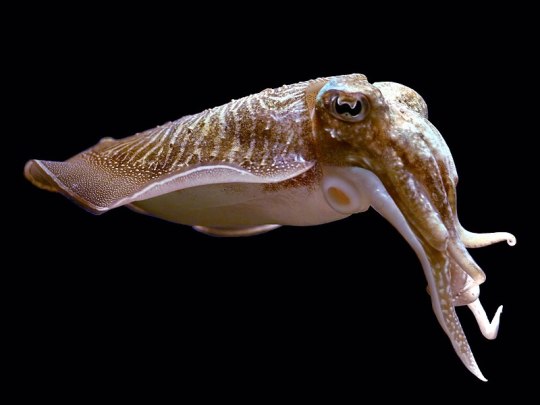

Sepiida. This order is made up of cuttlefish, which have an internal shell called the cuttlebone that is used to control buoyancy.
Spirulida. This order contains only the Ram's Horn Squid, so-called due to the shape of its internal shell, which it uses for buoyancy.


#animals#biology#polls#poll tournament#zoology#cuttlefish#molluscs#cephalopods#spiralia#squid#ram's horn squid#Sepiida#Spirulida#0x29v0xd6#animal tournament#Animal Tournament Round 1
49 notes
·
View notes
Text

Vlad Stankovic @vladimirsart
"Metasepia pfefferi - commonly known as the flamboyant cuttlefish, is a species found in tropical Indo-Pacific waters off northern Australia, southern New Guinea, as well as numerous islands of the Philippines, Indonesia and Malaysia."
#Metasepiapfefferi #sepiidae #flamboyantcuttlefish #cuttlefish #mollusc
73 notes
·
View notes
Text
Nine people you’d like to know better
Got tagged by @virusq!
Three ships: Not really a shipping type of person.
First ship: Uhhhh I guess Lina x Zelgadis from the Slayers series?
The last song: Haven't been listening to anything lately, mainly just podcasts. Last one would be Hey Riddle Riddle.
Currently Reading: Eloquent Javascript by Marijn Haverbeke
Last film: The Boy and the Heron. Loved it.
Currently craving: Someone to hug me and tell me things will be ok.
gonna tag @raptorix, @queenqueso and @sepiidae
5 notes
·
View notes
Text

Reaper or Red Cuttlefish (Sepia mestus), family Sepiidae, Cronulla, New South Wales, Australia
photograph by John Turnbull
708 notes
·
View notes
Text
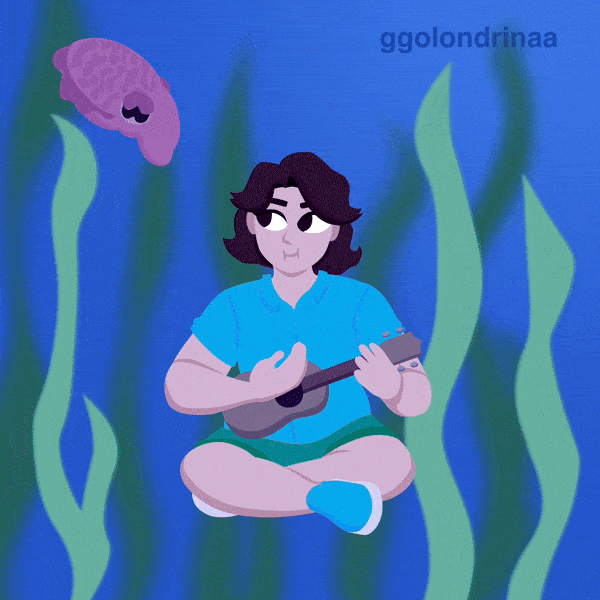
Im so happy there’s a market for cuttlefish posts on here LFG!!!! 😼
Here’s a self portrait gif I made in 2021. It’s due for an update… should I remake it?
#cuttlefish#marine biology#my art#marine life#sepia#self portrait#animation#motion graphics#sepiidae
16 notes
·
View notes